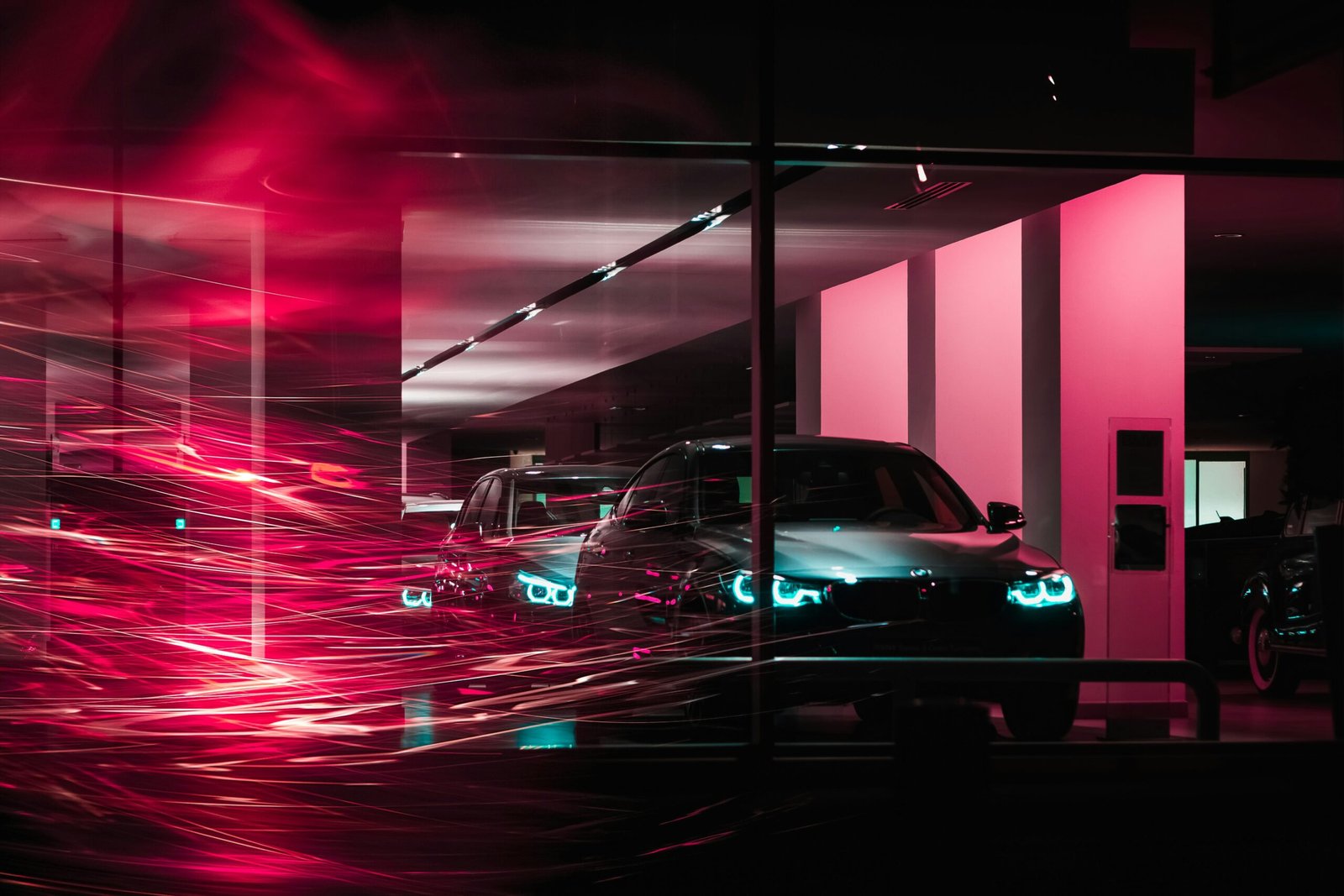
Luxury Redefined: Exploring the Pinnacle of Automotive Design and Comfort
Luxury Redefined: Exploring the Pinnacle of Automotive Design and Comfort
A. Definition of luxury in the automotive industry
Luxury in the automotive industry transcends mere functionality and performance, encompassing elements of opulence, comfort, and exclusivity. It represents the pinnacle of automotive design, where craftsmanship meets cutting-edge technology to create an unparalleled driving experience.
B. Evolution of luxury in automobiles
Over the years, the concept of luxury in automobiles has evolved from simple comfort enhancements to a holistic approach that encompasses design, technology, and sustainability. Luxury vehicles are no longer just status symbols; they are showcases of innovation and refinement.
C. Overview of the article’s exploration of modern luxury
This article seeks to delve into the world of modern automotive luxury, examining its historical roots, design innovations, comfort features, sustainability efforts, and future trends. Through case studies and analysis, we aim to uncover the essence of contemporary luxury vehicles and their impact on the automotive landscape.
II. Historical Perspectives on Automotive Luxury
A. Early examples of luxury automobiles
Luxury automobiles have a storied history dating back to the early 20th century, with brands like Rolls-Royce, Mercedes-Benz, and Cadillac setting the standard for elegance and refinement. These early examples featured lavish interiors, powerful engines, and handcrafted details that catered to the elite.
B. Milestones in automotive luxury evolution
Milestones in automotive luxury evolution include the introduction of groundbreaking features such as air conditioning, power windows, and navigation systems. These innovations transformed luxury vehicles from mere transportation devices into comfortable and convenient cocoons for their occupants.
C. Influence of luxury brands on the automotive industry
Luxury brands have long been drivers of innovation and design in the automotive industry, pushing boundaries and setting trends that trickle down to mainstream manufacturers. Their commitment to excellence has elevated the standards of craftsmanship and performance across the board.
III. Design Innovations in Modern Luxury Vehicles
A. Integration of cutting-edge technology
Modern luxury vehicles boast state-of-the-art technology, including advanced infotainment systems, digital instrument clusters, and augmented reality displays. These features not only enhance the driving experience but also elevate the overall ambiance of the vehicle’s interior.
B. Customization options for discerning consumers
Luxury automakers offer extensive customization options, allowing discerning consumers to tailor every aspect of their vehicle to their preferences. From premium upholstery choices to personalized lighting schemes, the possibilities for customization are virtually endless.
C. Aesthetics and craftsmanship in contemporary luxury design
Contemporary luxury vehicles feature sleek and sophisticated designs, with attention to detail and craftsmanship evident in every curve and contour. High-quality materials such as fine leather, wood, and metal adorn the interior, creating an ambiance of luxury and refinement.
IV. Comfort and Convenience Features
A. Advanced seating arrangements and materials
Luxury vehicles prioritize comfort, with advanced seating arrangements and materials designed to provide unparalleled support and relaxation. Features such as massage functions, heated and ventilated seats, and adjustable lumbar support ensure a comfortable journey for occupants.
B. In-car entertainment and connectivity options
In-car entertainment and connectivity options abound in modern luxury vehicles, with features such as premium sound systems, rear-seat entertainment screens, and wireless charging pads keeping passengers entertained and connected on the go.
C. Driver assistance and autonomous driving technologies
Luxury automakers are at the forefront of developing driver assistance and autonomous driving technologies, with features such as adaptive cruise control, lane-keeping assist, and automated parking systems enhancing safety and convenience for drivers.
V. Sustainability and Eco-Conscious Luxury
A. Luxury brands’ commitment to sustainability
Luxury brands are increasingly embracing sustainability as a core value, implementing eco-friendly practices and initiatives throughout their operations. From sourcing sustainable materials to reducing carbon emissions, these efforts reflect a growing awareness of environmental responsibility.
B. Eco-friendly materials and manufacturing processes
Eco-friendly materials such as recycled plastics, organic fabrics, and renewable wood are becoming more prevalent in luxury vehicles, reducing their environmental footprint without compromising on quality or luxury.
C. Green technology advancements in luxury vehicles
Advancements in green technology, including electric and hybrid powertrains, are reshaping the luxury vehicle landscape. Luxury automakers are investing heavily in electric vehicle platforms, with models like the Tesla Model S and Porsche Taycan leading the charge towards a more sustainable future.
VI. The Future of Automotive Luxury
A. Predictions for upcoming trends in luxury design
Future trends in luxury design are expected to focus on minimalist aesthetics, seamless integration of technology, and sustainable materials. Clean lines, open spaces, and organic shapes will define the luxury vehicles of tomorrow.
B. Integration of AI and smart technologies in luxury vehicles
Artificial intelligence and smart technologies will play an increasingly prominent role in luxury vehicles, with features such as voice recognition, predictive analytics, and autonomous driving capabilities becoming standard offerings.
C. Anticipated shifts in consumer preferences and demands
Consumer preferences for luxury vehicles are expected to evolve in response to changing societal norms and technological advancements. Demand for electric and hybrid vehicles is projected to increase, as environmentally conscious consumers seek sustainable alternatives to traditional combustion engine vehicles.
VII. Case Studies: Exemplars of Modern Luxury
A. Analysis of standout luxury vehicles
Case studies of standout luxury vehicles such as the Rolls-Royce Phantom, Mercedes-Benz S-Class, and Bentley Bentayga offer insights into the design, technology, and craftsmanship that define modern automotive luxury.
B. Examination of brand strategies and customer experiences
Examining brand strategies and customer experiences provides valuable insights into how luxury automakers differentiate themselves in a competitive market and cultivate loyalty among discerning consumers.
C. Impact of case studies on the automotive luxury landscape
Case studies serve as benchmarks for excellence in the automotive luxury landscape, shaping industry trends and influencing consumer perceptions of what defines a truly luxurious vehicle.
VIII. Conclusion
A. Recap of key points regarding modern automotive luxury
Modern automotive luxury is defined by a combination of design, technology, comfort, and sustainability, reflecting the evolving desires and expectations of discerning consumers.
B. Reflection on the ever-evolving nature of luxury in the automotive industry
The concept of luxury in the automotive industry is constantly evolving, driven by innovation, consumer preferences, and societal trends. As technology advances and priorities shift, luxury automakers must continue to adapt and innovate to stay ahead of the curve.
C. Final thoughts on the future trajectory of luxury vehicles
The future of luxury vehicles is bright, with advancements in design, technology, and sustainability promising to redefine the automotive landscape. As luxury automakers continue to push the boundaries of innovation, the possibilities for creating truly extraordinary vehicles are endless.







